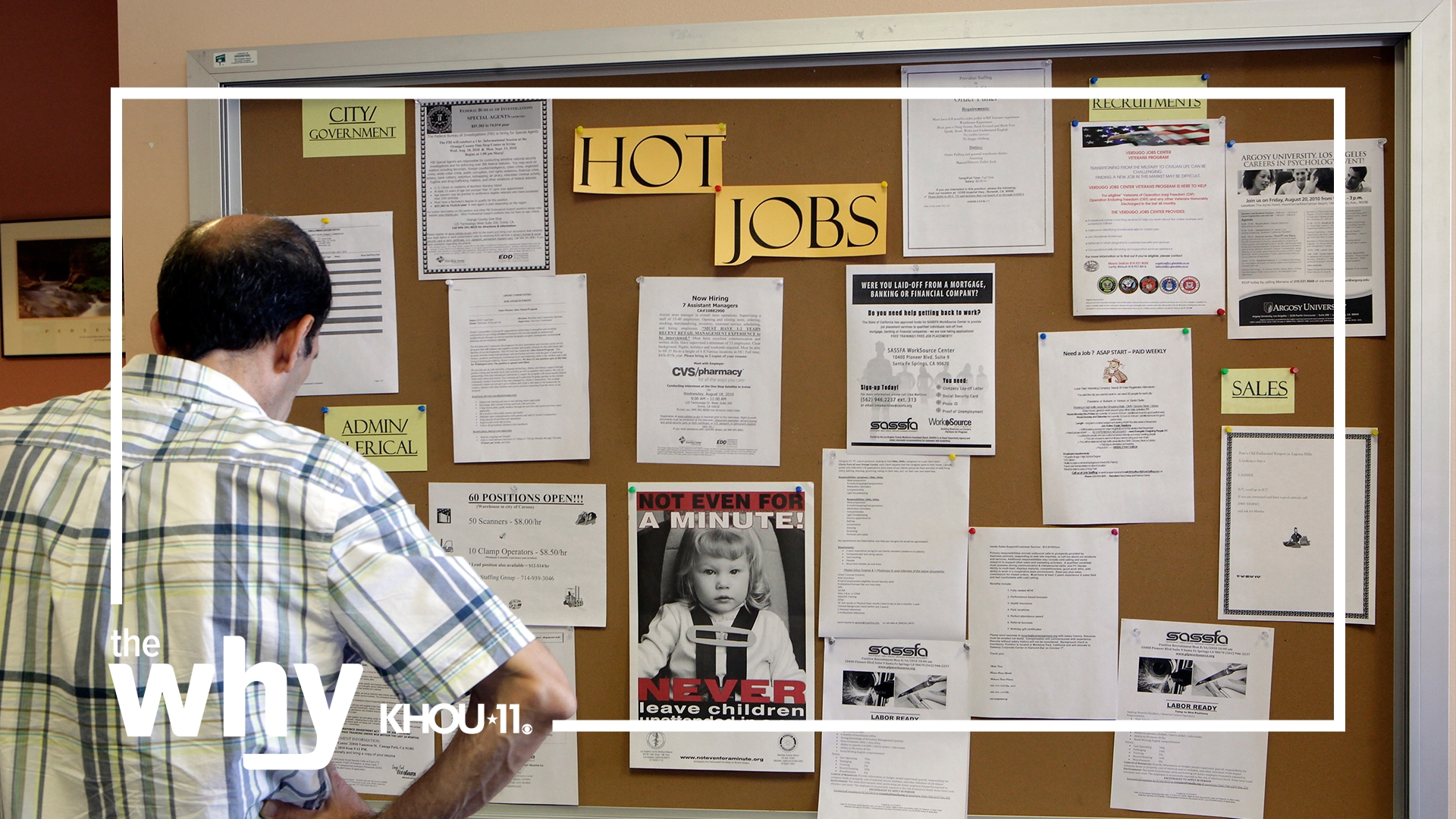The jobs report put out by the government is probably not something you think about very much unless you are looking for a job or worried about interest rates.
That’s because the Federal Reserve uses unemployment numbers as an important indicator of economic health and a drastic drop in employment could mean interest rates need to be dropped to help stimulate the economy.
You might think the unemployment rate is based on how many people file for unemployment, but the initial numbers put out are actually based on a survey. It’s called the Current Population Survey and it is done by the U.S. Bureau of Labor Statistics. The bureau sends surveys to 60,000 households to get its data. It also conducts something called the Current Employment Statistics Program, sending questions to over 100,000 employers.
The data collected can indicate trends but there is a lot it does not tell us. Even if you only worked one hour a week the survey will still say you are employed. Also, if you have given up on finding work you are no longer counted as unemployed -- you become something called a “discouraged worker.” So while the unemployment rate can have significant real-world consequences, it doesn’t necessarily paint the whole picture.

